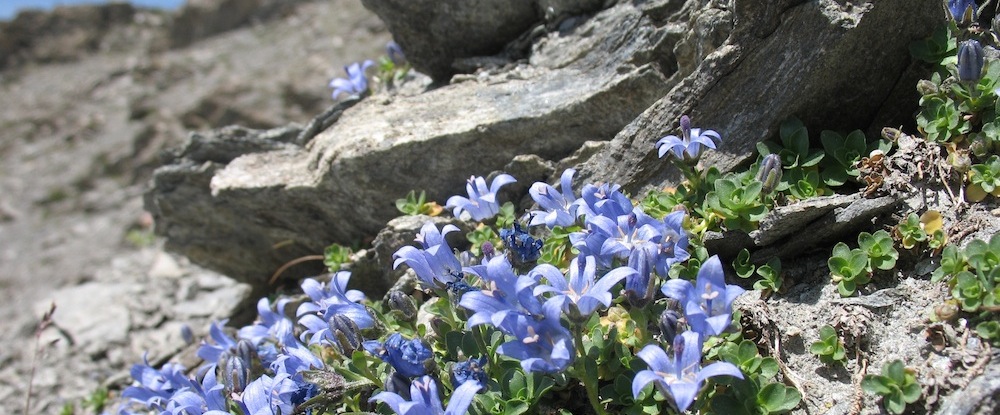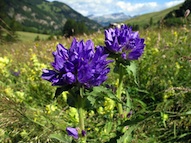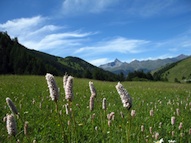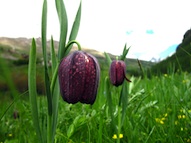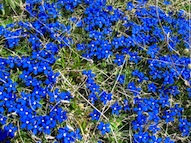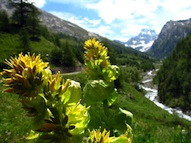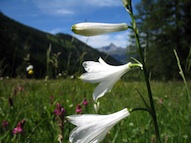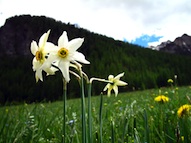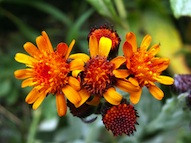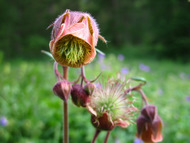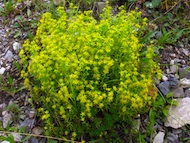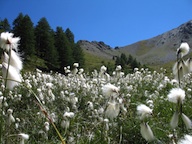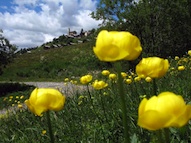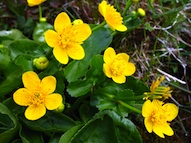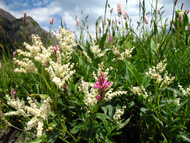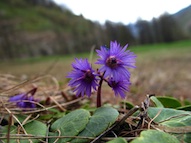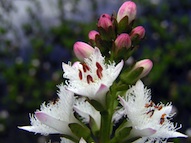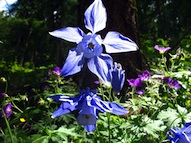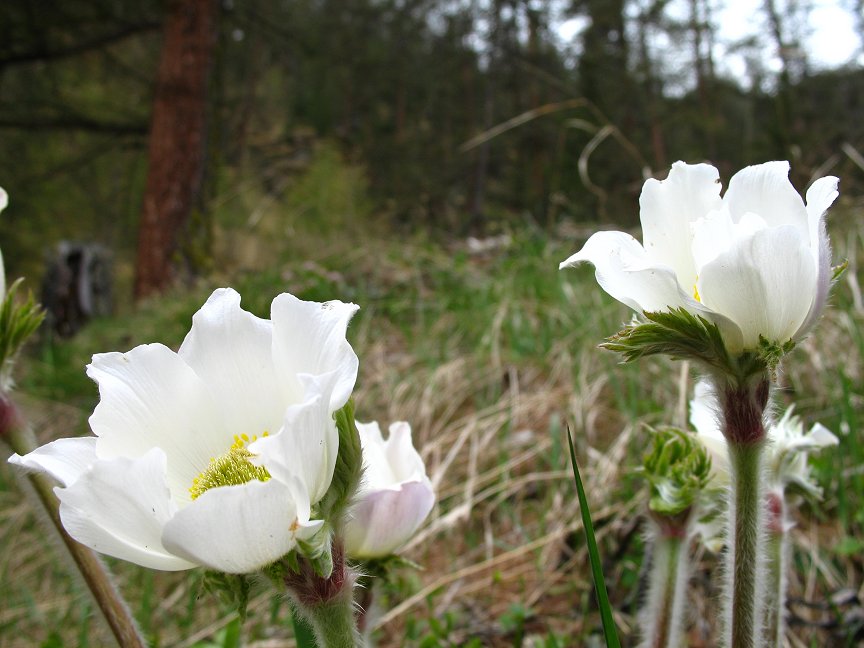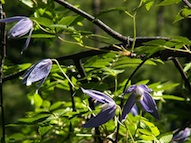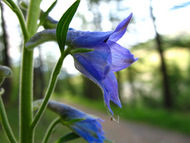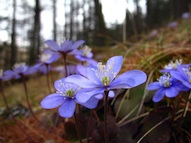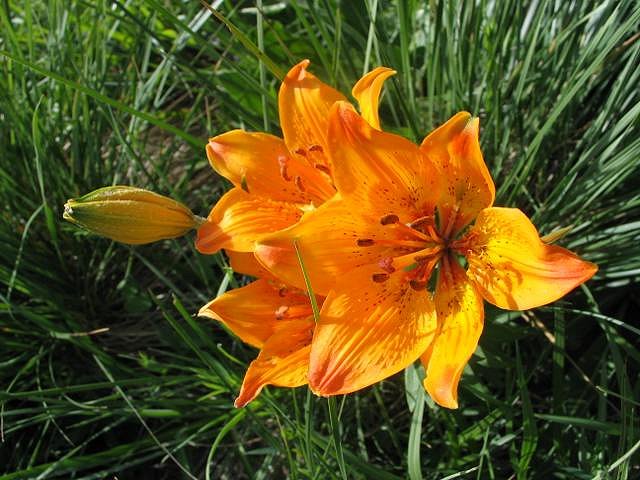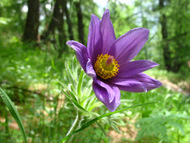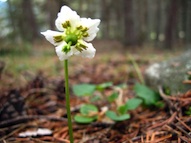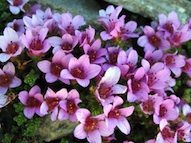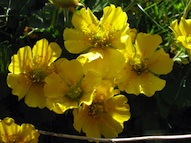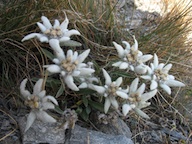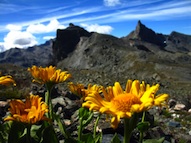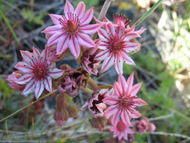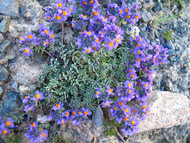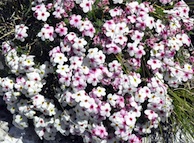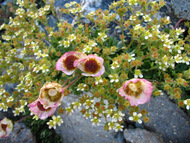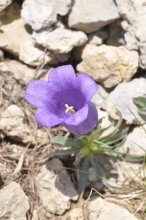2500 species of flowers
The flora of the Regional Natural Park of the Queyras comprises some 2500 species. Here there are no pesticides or artificial fertilisers; only sheep and cattle manure are used to enrich the soil. And the farmers, using old-fashioned common sense, delay the haymaking until after the flowers have been pollinated and their seeds dispersed. The result is an exceptionally rich hay crop, an unrivalled variety of flowers, so scented honey from healthy bees, and scenery that takes your breath away.
The southern part of the Hautes-Alpes benefits from the Mediterranean climate, and here we find many flowers which are also common in Provence. In the Queyras, by contrast, the climate in winter is much harsher and plants must adjust to the cold and a very short growing season. Many Alpine species spend six or eight months beneath the snow and must then grow green, flower and produce their seeds in a very short time before dying back again. We must marvel at the ability of flowers like edelweiss, saxifrage and houseleeks to protect themselves from cold and survive despite the severe frosts.
Meadow flowers
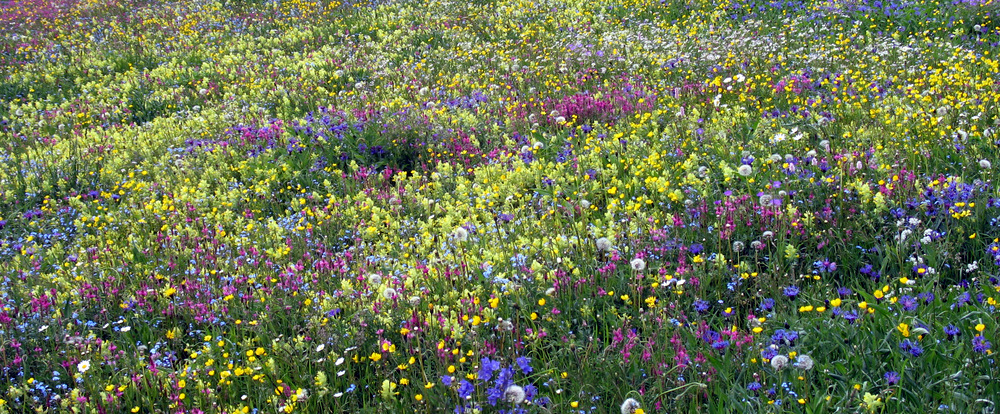
Wetland flowers
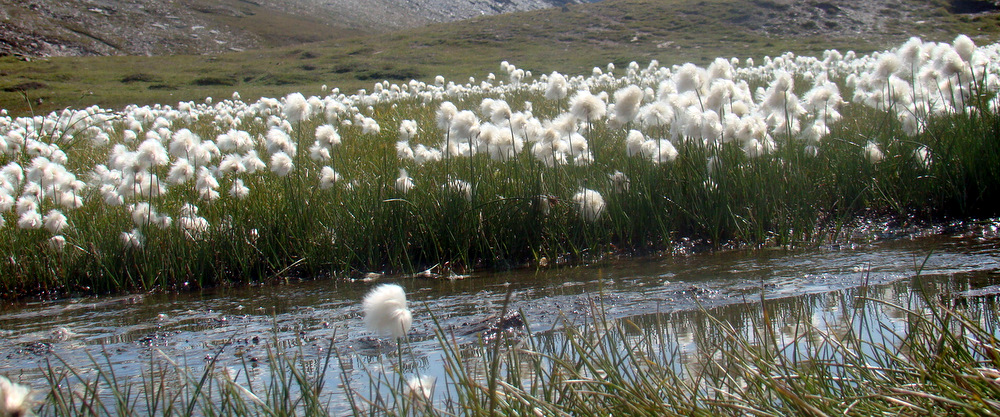
Woodland flowers
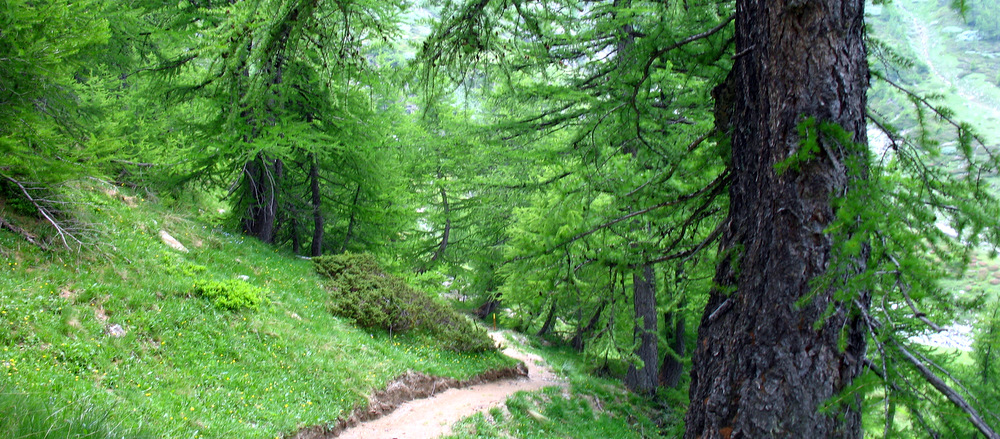
High mountain flowers
